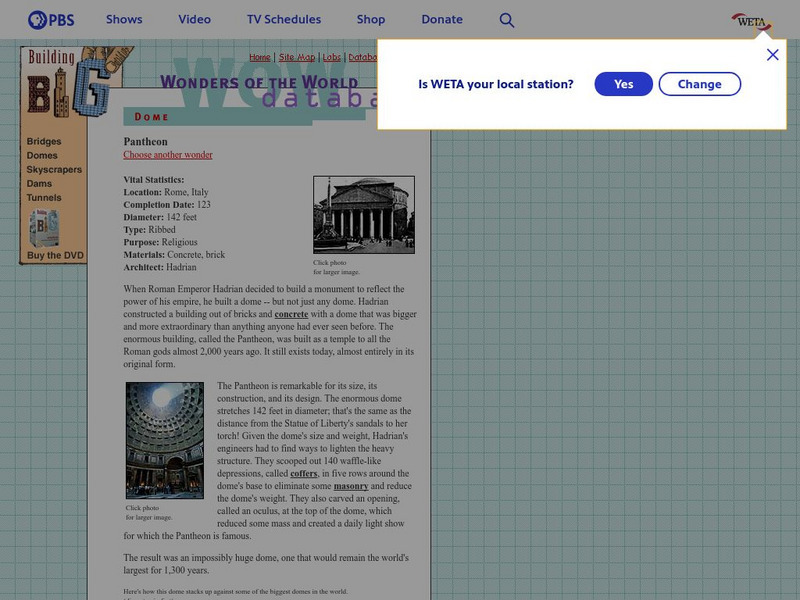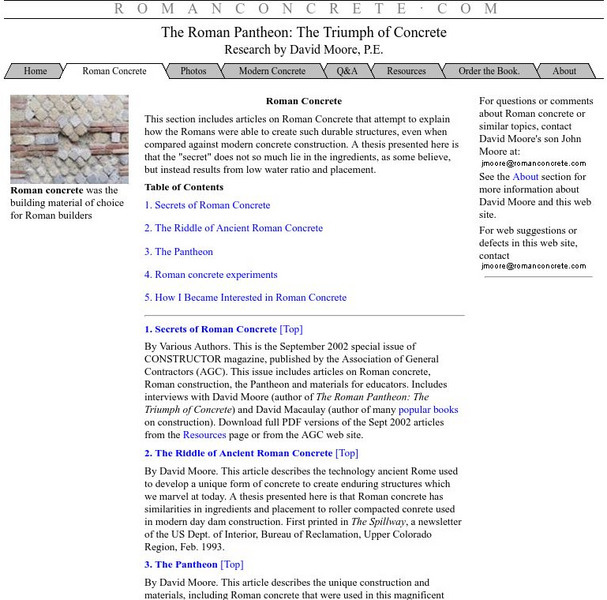Hi, what do you want to do?
Curated OER
The Use of Myths in Science
Students examine folk tales to determine the basis for scientific myths. They demonstrate through the discussion of the folk tales that the perception of the world has changed as new information is gained. They write their own folk...
Curated OER
LA CENERENTOLA (Cinderella)
Students investigate different cultures' versions of the Cinderella tale in comparison to the Rossini opera synopsis. They experience dramatizing a Cinderella tale and study about the group and individual process required for theatrical...
Curated OER
Investigating Stereotypes
Students study 'stereotype' in literature and life and give examples. they provide examples from life or literature on the origins and impact of stereotypes. they
3. Cite 3 - 5 individual African Americans from literature or life who...
Curated OER
Dramatizing Tam's Slipper
Students investigate the Japanese version of the Cinderella tale. In this fairy tale lesson, students read Tam's Slipper and construct a Venn diagram to compare and contrast the tale with the American version.
Curated OER
The Art of Studying Art
Students explain the value of different genres of art. In this art lesson, students describe the differences in various genres of art and make comparisons between them. Students choose an art genre and create an original work of art...
Curated OER
Roman and Early Christian Art
Third graders explore pattern, texture, balance, symmetry as they examine Roman and Byzantine art in the four lessons of this unit. Details of the major art works studied are placed into a booklet for presentation to the class.
Curated OER
Earth Turns? Prove It!
Young scholars construct a pendulum using a washer and thin fishing line. In this earth science lesson, students simulate Earth's rotation using the pendulum bob and swivel chair. They explain how this activity proves that the Earth is...
Curated OER
GREEK MYTH IN PAINTING
Second graders look closely at a Renaissance painting depicting an ancient Greek myth, review the term renaissance, hear a Greek myth that tells how the peacock got its tail, sequence the story, and identify the actions of the myth in...
Curated OER
Law of the Land
First graders explore how the rules and responsibilities are different at school and at home.
Curated OER
American Genre Painting in the Nineteenth Century: Teaching Artistic Interpretation as a Tool for Critically Viewing History
Students view a variety of artwork to determine the history and lifestyle of people from New Haven, Connecticut. In groups, they develop their individual hypothesis about why the paintings were created and share them with their group...
Curated OER
Let's Summarize!
Students discover the six steps to use when reading to help know what is important. They then listen to the book, Tambourine Moon focusing on the important information and discarding unnecessary or repeating information. They then break...
Curated OER
Transforming Anansi Folktales Into Storyboards
Students work in small groups to illustrate a story board of a folktale. They develop the meaning of a trickster as a humor device in folktales by listening to several about Leprechauns and the Coyote of Native American tales. They then...
Curated OER
Mythology - What Is It?
Students explore Greek mythology. In this mythology activity, students discuss and define mythology. Students view pictures and associate them with the correct Greek myth. Students answer trivia questions about their knowledge for...
Curated OER
Archaeology For Kids Quiz 79
In this archaeology for kids quiz 79 worksheet, students interactively answer 4 multiple choice questions as part of an online magazine.
Curated OER
Picture This
Fourth graders use two-dimensional and three-dimensional media, techniques, tools, and processes to communicate an idea or concept based on research, environment, personal experience, observation, or imagination.
Curated OER
Surviving the Depression-1930-1939 Lesson 2: Life During the Depression- Stories
High schoolers interview individuals who lived during the Great Depression era to investigate the economic hardship that was experienced. They determine the motivations of philanthropic Americans who shared and gave during this era after...
Curated OER
Early Native Americans
Fourth graders locate on a globe where the land bridge was. They describe the progression of nomadic people into North America.
Curated OER
The Nio
Students discuss the importance of guardian figures in Japanese Buddhist practices using prior knowledge and visual cues gathered from examples of Japanese art. This lesson can be extended to include a creative project.
Curated OER
Italian Culture Word Search
In this word search worksheet, students search for terms related to Italy and Italian culture. The words include important places, products and languages.
Curated OER
Living With Risk: The Human Element of Natural Disasters
Seventh graders research the Internet and the given websites to complete this lesson. In this investigating natural disasters lesson students complete several activities about natural disasters.
Curated OER
Classical Art
Students study the evolution of Greek and Roman art in pottery and human form. They examine how the artistic evolution is related to discoveries in science and travel through the lessons in this unit.
Other
History of Roman Architecture: Pantheon
Find interesting facts about the Pantheon of ancient Rome.
PBS
Pbs: The Pantheon
This site from PBS lists the vital statistics of this ancient wonder as well as an explanation of how it was built. Also has a comparison between modern domed buildings and the Pantheon.
Other
Concrete and the Pantheon
Very detailed site explores the Pantheon with a scientific eye. It has many details about the process of building this wonder, the use of concrete, and why it has survived nearly 2000 years.
Other popular searches
- Greek Pantheon
- Gods of Pantheon
- Roman Pantheon
- Pantheon's Columns
- The Pantheon
- Rome Pantheon
- Pantheon Gods Study Guide




























